| Lesson 2 | Conducting business using the Internet |
| Objective | Define types of Internet business models. |
Conducting Business using the Internet
E-commerce is changing the nature of business by altering how companies transact with consumers and other businesses.
As online commerce evolves, new types of e-commerce sites emerge to facilitate transactions in the business-to-business, business-to-consumer, and consumer-to-consumer environments.
Various functional designs, or models, of Internet businesses
have grown out of these new environments, from the simple to the complex. These types of models form the building blocks of e-commerce sites.
The SlideShow below will show you the most common types of Internet business models.

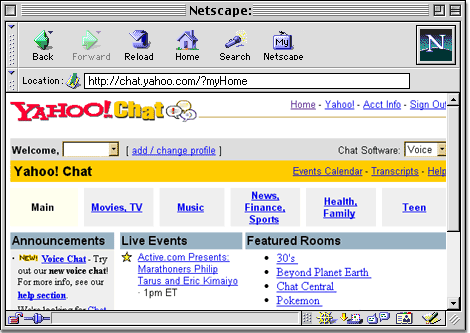
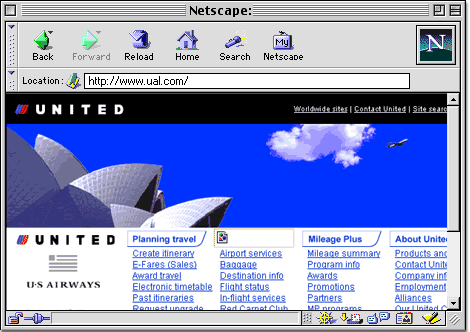
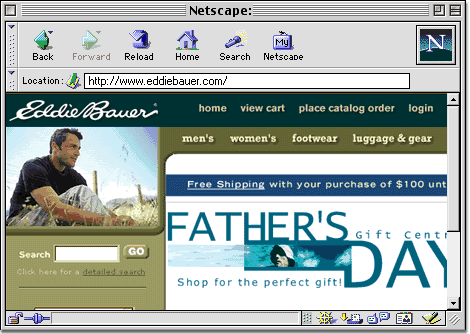
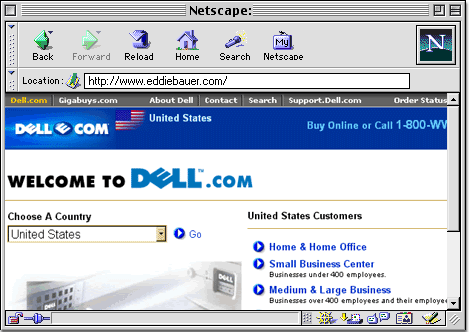
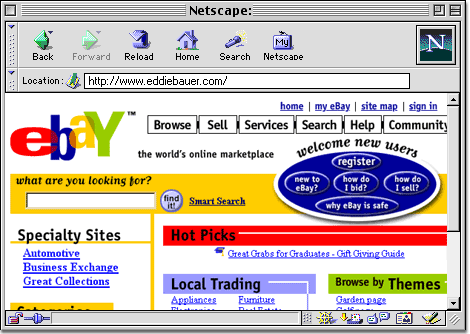
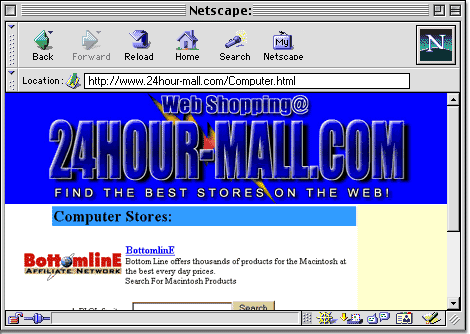
Internet Business Model Types
One of the most popular questions for startups online is
These business models have existed for some time and the subject never gets old so I have decided to describe these elements in greater detail.
The business model structure I am talking about has been researched by Professor Michael Rappa, director of theInstitute for Advanced Analytics at North Carolina State University. He wrote a document titled Business Models on the Web which describes all the business models you need. Here they are:
what is your business model?Sometimes the question is sincere but often it is voiced more like an accusation:
What would be an appropriate business model for this business?The interesting thing about business models is that there is not much magic involved. Business models are pretty much set and all you have to do really is apply one of them to your business. The concept of course is to pick the correct business model or a combination il.of models.
These business models have existed for some time and the subject never gets old so I have decided to describe these elements in greater detail.
The business model structure I am talking about has been researched by Professor Michael Rappa, director of theInstitute for Advanced Analytics at North Carolina State University. He wrote a document titled Business Models on the Web which describes all the business models you need. Here they are:
- Brokerage: Brokers are market-makers: they bring buyers and sellers together and facilitate transactions.
- Advertising: The web advertising model is an extension of the traditional media broadcast model. The broadcaster, in this case, a web site, provides content (usually, but not necessarily, for free) and services (like email, IM, blogs) mixed with advertising messages in the form of banner ads.
- Infomediary: Independently collected data about producers and their products are useful to consumers when considering a purchase. Some firms function as infomediaries (information intermediaries) assisting buyers and/or sellers understand a given market.
- Merchant: Wholesalers and retailers of goods and services. Sales may be made based on list prices or through auction.
- Manufacturer: The manufacturer or direct model, it is predicated on the power of the web to allow a manufacturer (i.e., a company that creates a product or service) to reach buyers directly and thereby compress the distribution channel.
- Affiliate: In contrast to the generalized portal, which seeks to drive a high volume of traffic to one site, the affiliate model, provides purchase opportunities wherever people may be surfing. It does this by offering financial incentives (in the form of a percentage of revenue) to affiliated partner sites.
- Community: The viability of the community model is based on user loyalty. Users have a high investment in both time and emotion. Revenue can be based on the sale of ancillary products and services or voluntary contributions; or revenue may be tied to contextual advertising and subscriptions for premium services.
- Subscription: Users are charged a periodic daily, monthly or annual fee to subscribe to a service.
- Utility: The utility or on-demand model is based on metering usage, or a pay as you go approach.
The different models are explained in detail on his webpage and should be required reading for any Internet entrepreneur. Internet business models continue to evolve and interesting variations can be expected in the future.
- Marketing brochure model is simply a corporate marketing brochure with little or no customer interaction.
- Community model relies heavily on user loyalty and input to generate content.
- The ancillary transaction channel model allows users to conduct common transactions online, such as making airline reservations and ticketing.
- The ancillary sales channel model draws sales using its online product catalog. The business uses the Web as a secondary sales source to its brick-and-mortar store.
- The customer relationship management model allows all customer support activities to occur through the web.
- The auction model serves as an intermediary between busines-to-business and customer-to-customer transactions
- The metamediary model offers a virtual mall of related goods and services that bring together buyers and sellers.
- What effect is the Internet having on brick-and-mortar companies?
- Has it increased or decreased the number of employees?
- How has the Internet affected business functions and job responsibilities?
Conducting Internet Business - Exercise
Click the Exercise link below to practice identifying types of Internet business models.
Conducting Internet Business - Exercise
Conducting Internet Business - Exercise